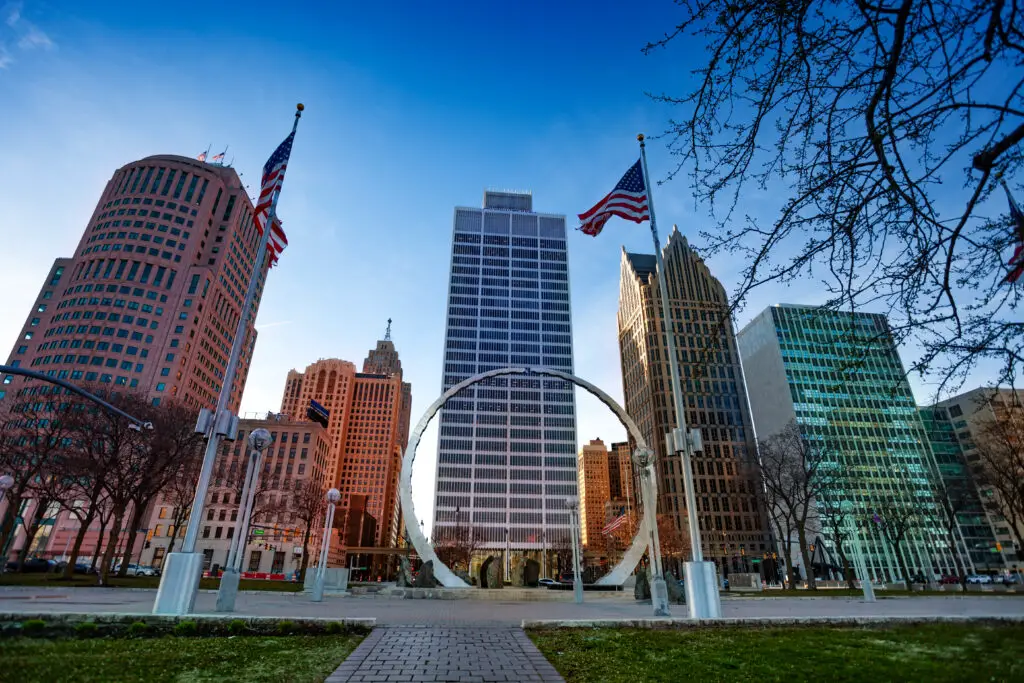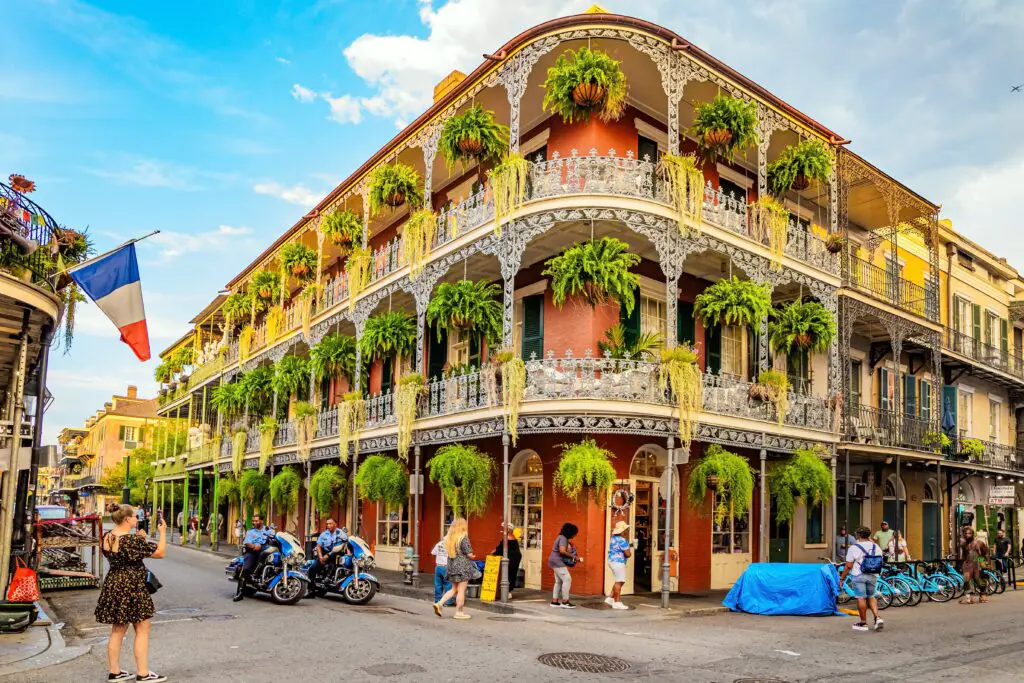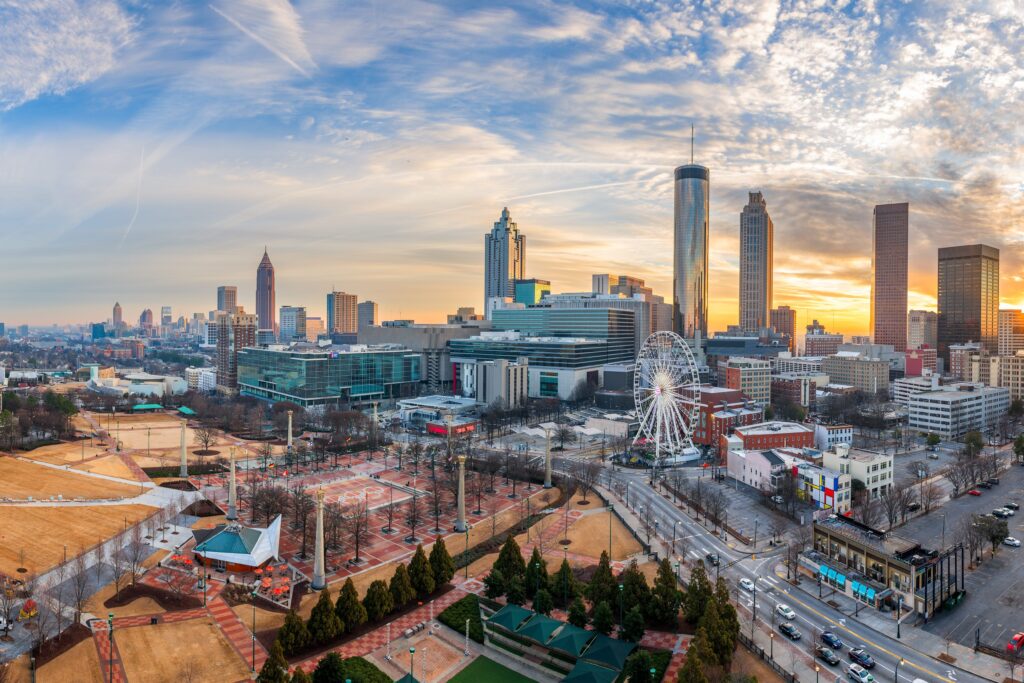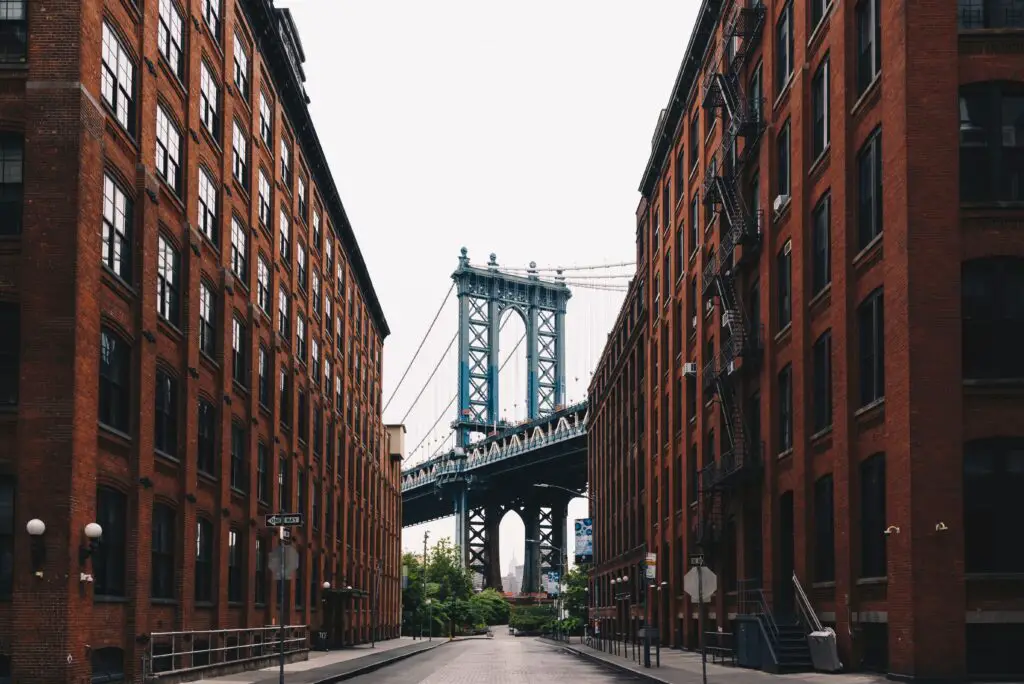1. Oakland, California: Revitalizing Without Displacement

Oakland has long been a hub for Black culture and history, but in recent years, it’s become ground zero for gentrification in the Bay Area. However, the community here has been resilient, organizing and fighting back against the pressures of displacement. The “Oakland Rising” coalition, a grassroots collective of activists and local leaders, has been at the forefront of these efforts. They’re advocating for affordable housing and for ensuring that long-time residents aren’t pushed out by rising rents says KQED. By creating partnerships with local housing organizations and city officials, they’ve worked to implement policies that prioritize the needs of the existing community, including rent control measures and tenant protections. They’ve also been vocal in pushing for more development of affordable housing instead of luxury apartments, which are often the catalyst for gentrification.
One of their major victories came through the creation of the “Affordable Housing Trust Fund,” which aims to help low-income residents stay in their homes by funding rent subsidies and helping with new affordable housing development. But the battle doesn’t stop there. Activists have continued pushing for more comprehensive zoning laws to ensure that future developments include affordable units. As a result, Oakland has been able to maintain a diverse population while revitalizing its neighborhoods. The community is working to ensure that any changes or new development projects reflect the values and needs of its current residents, not just outside investors. It’s a model of how community-driven policy can actually slow down the tide of gentrification and make room for everyone.
2. Detroit, Michigan: The Motor City’s Push for Inclusion

Detroit’s struggle with gentrification is unique in many ways. Once a booming industrial city, it’s experienced decades of economic decline, which left large swaths of the city in disrepair. As the economy has slowly recovered, developers have set their sights on revitalizing neighborhoods, and unfortunately, this has led to the displacement of many Black residents. However, the city’s historic Black community has fought to prevent this. Activists and local leaders have been instrumental in organizing against predatory practices like property tax foreclosures and predatory lending, which disproportionately impact Black homeowners says NBC News.
One of the city’s most notable efforts to combat gentrification is the Detroit People’s Platform, a coalition that brings together grassroots organizations, residents, and allies to fight for policies that prioritize the community over outside developers. The platform advocates for a more equitable development model that includes affordable housing, job creation, and economic opportunities for long-standing residents. Detroit has also been pushing for land reclamation projects, where vacant properties are returned to the community for housing, urban farming, and small business development. This is a key way to build an economy that serves the people who have always called Detroit home. By focusing on local ownership and community benefits agreements, the city is slowly fighting back against the forces of gentrification explains Detroit Free Press.
3. New Orleans, Louisiana: Protecting a Rich Cultural Legacy

New Orleans is a city known for its vibrant culture, especially its Black community, which has played an essential role in shaping the city’s identity. But with the rise in tourism and real estate investment, many long-time residents, particularly those in historically Black neighborhoods like the Treme, have felt the squeeze of gentrification. Local groups like the “Greater New Orleans Fair Housing Action Center” have been instrumental in fighting displacement. They work tirelessly to protect tenants from eviction and unfair rent hikes, ensuring that long-term residents can remain in their homes, even as property values skyrocket adds CNN.
One of the major wins in New Orleans has been the passage of an “Affirmative Marketing Ordinance” that prioritizes affordable housing for residents who have lived in the city for many years. This ensures that as new developments spring up, a portion of the units remain affordable for local families. At the same time, community organizations are pushing for stronger tenant rights and rent control laws, which would give locals more security in their homes. New Orleans also benefits from grassroots efforts like the “New Orleans People’s Assembly,” where residents gather to discuss issues related to housing and development. These meetings have led to more collaborative decision-making between city officials and the residents they serve, resulting in more inclusive planning for neighborhood revitalization.
4. Atlanta, Georgia: Empowering Residents Through Ownership

Atlanta has seen rapid gentrification over the past decade, especially in neighborhoods that have historically been the heart of Black culture, like Old Fourth Ward and Southwest Atlanta. Local leaders have been fighting against this wave, and one of the most effective tools they’ve employed is promoting Black homeownership. Through initiatives like the “Atlanta Land Trust” and community land trusts, residents are being given the chance to own the land beneath their homes, which helps shield them from rising property taxes and prevents developers from displacing them. These efforts also ensure that the land stays in the hands of local residents rather than outside investors.
In addition to land trusts, organizations like “The Atlanta Democratic Socialist of America” have pushed for policies that would slow gentrification, such as affordable housing mandates for developers and rent control. Community members have organized to demand that developers build more mixed-income housing that includes affordable options for the people who already live in these neighborhoods. One successful campaign led to the preservation of public housing units and the construction of new affordable homes for Black families. These victories are the result of a concerted effort to involve the community in the planning process, ensuring that their voices are heard in every stage of development.
5. Brooklyn, New York: Defending the Heart of Black Culture

Brooklyn, particularly neighborhoods like Bedford-Stuyvesant, Crown Heights, and East New York, has long been a stronghold of Black culture and identity. But in recent years, the area has become a focal point for gentrification. Rising rents and the influx of upscale businesses have threatened to push out long-time Black residents. However, groups like “The Crown Heights Community Mediation Center” and the “Brooklyn Anti-Gentrification Network” have been working to prevent this by organizing tenants and fighting for policies that ensure residents can stay in their homes.
One of their key strategies has been to increase tenant protections, including rent stabilization and anti-eviction laws. These laws prevent landlords from raising rents beyond a certain point or evicting tenants without just cause. Additionally, community organizations have lobbied for the development of affordable housing units that are specifically for Black families and residents of color. By advocating for these policies at both the local and state levels, Brooklyn activists have ensured that Black residents have a seat at the table when decisions are made about the future of their neighborhoods. As a result, some areas in Brooklyn have been able to slow the pace of gentrification and maintain their historic character.
